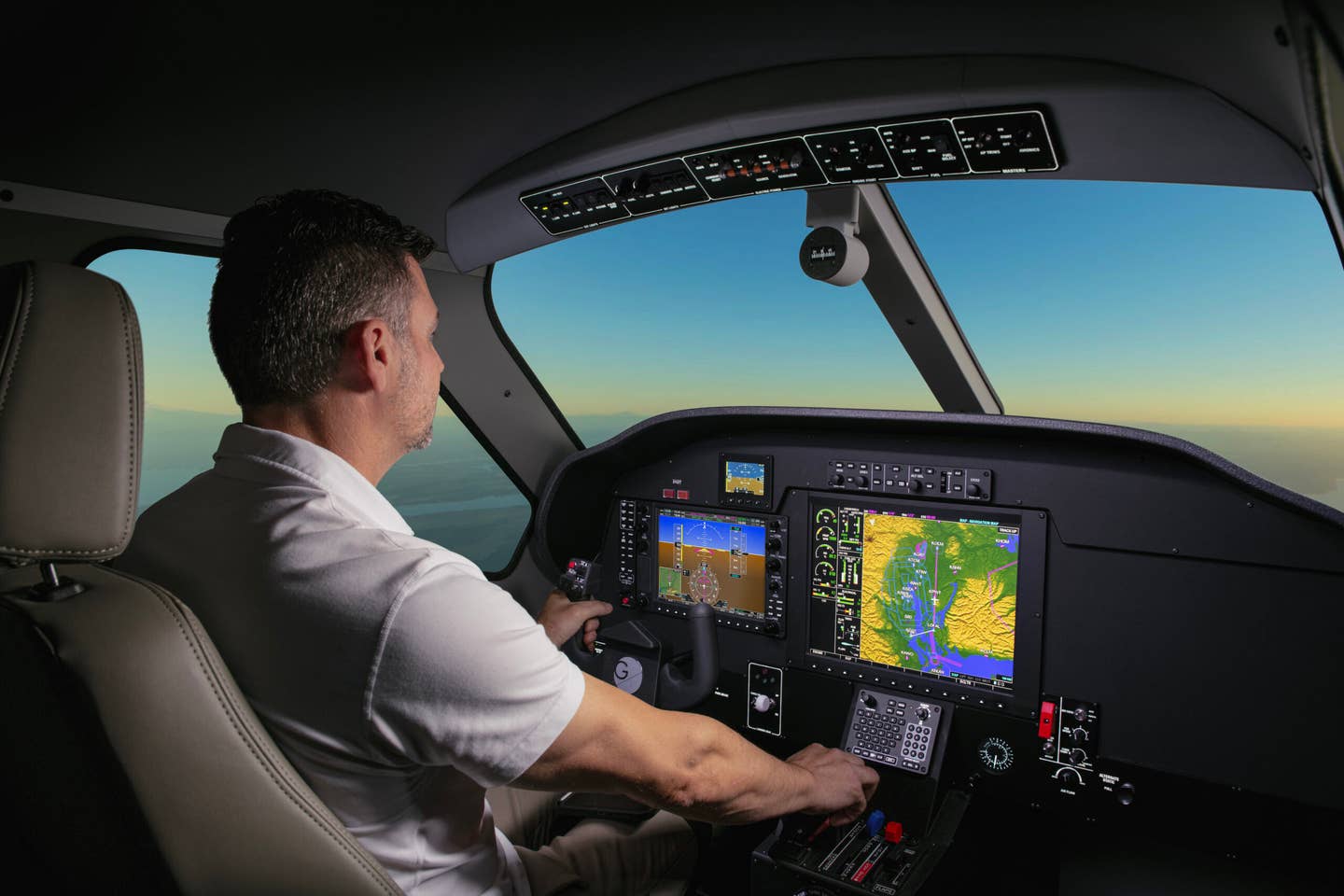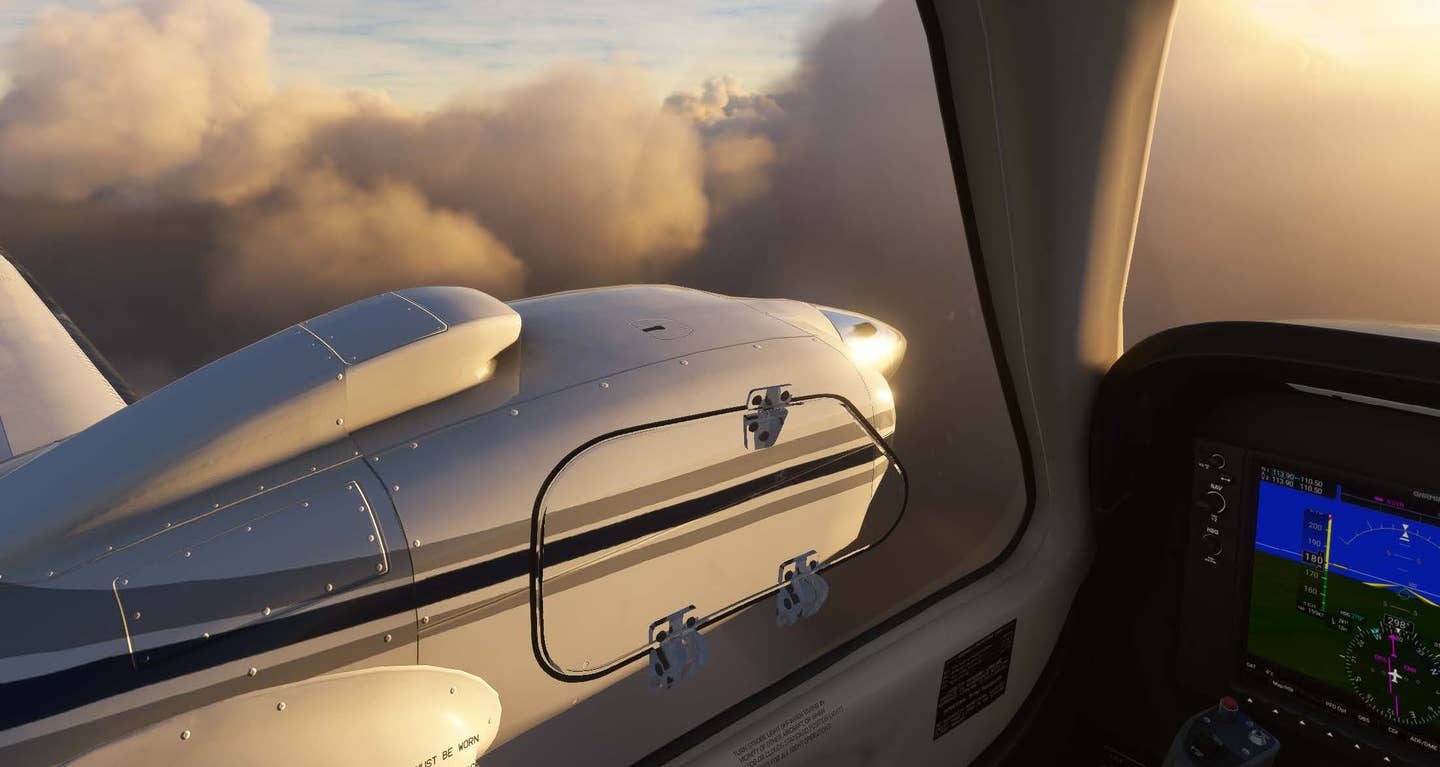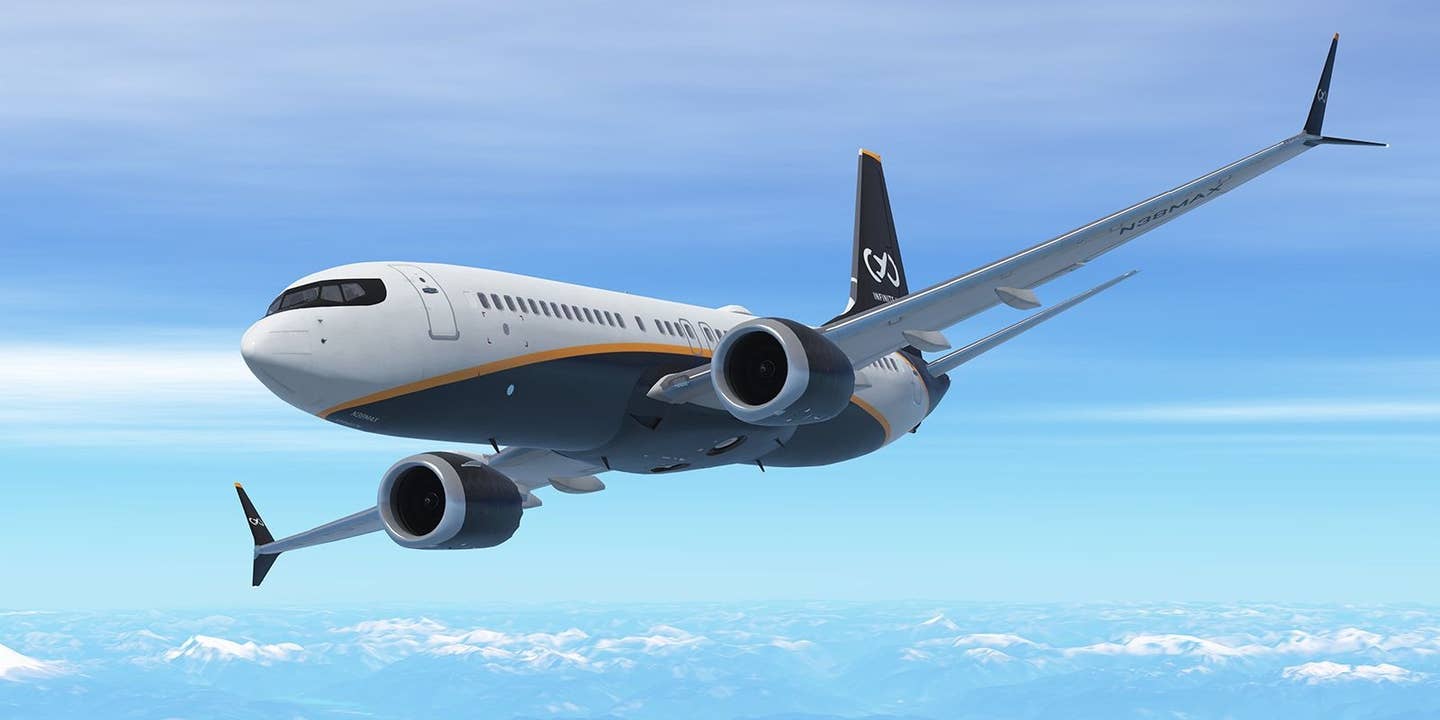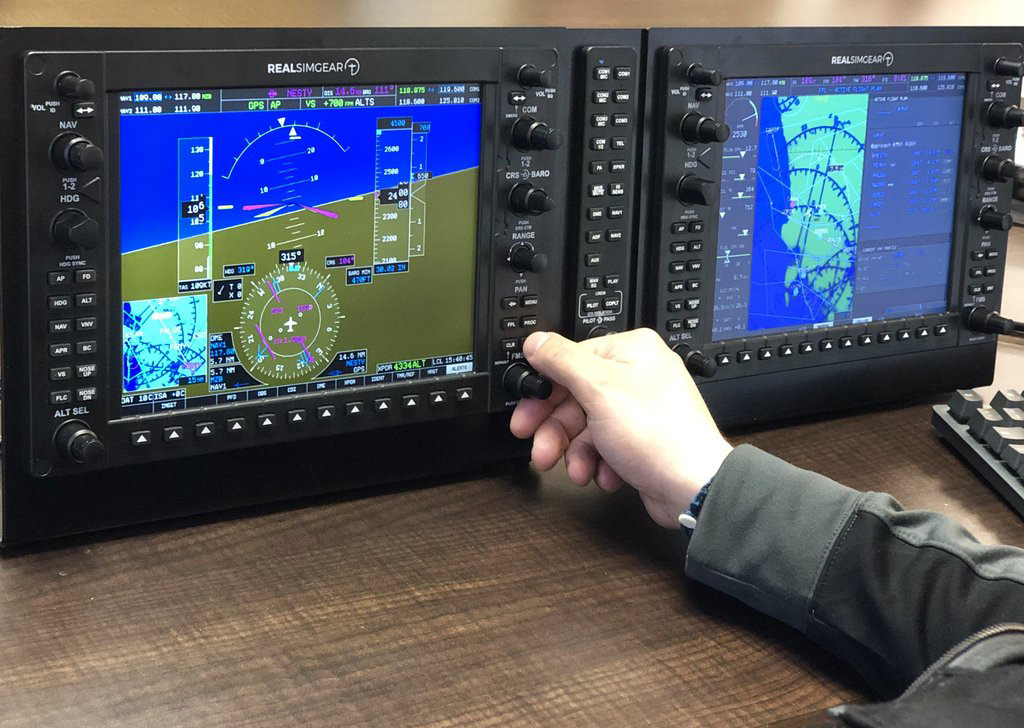Fly a Virtual Sopwith Camel
Visitors to the Museum of Flight in Seattle will soon have an opportunity to experience the earliest days of military aviation thanks to the collaboration of two local technology companies.
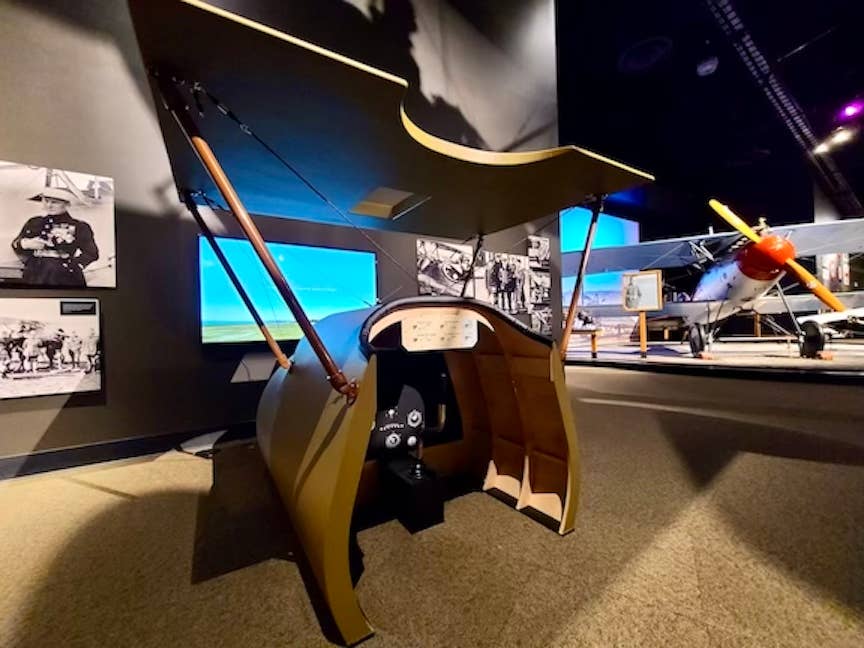
The Sopwith Camel simulators were designed to give museum visitors an immersive World War I flying experience. [Courtesy: One-G Simulation]
Visitors to the Museum of Flight in Seattle will soon have an opportunity to experience the earliest days of military aviation thanks to the collaboration of two local technology companies.
The talents of One-G Simulation, the makers of FAA-approved flight training devices, and education technology company Cignatec have created two Sopwith Camel simulators as part of the Museum's World War I exhibit.
The museum commissioned One-G to design and build the devices to give museum visitors an immersive flying experience through a range of user-activated scenarios.
About the Simulators
One-G produces FAA-approved professional grade aviation training devices. The company began in a Seattle-area garage when One-G CEO Xylon Saltzman, an engineer, flight instructor, and charter pilot was forced to travel to Arizona for type-specific recurrency training. He realized that there was a market for better access to equipment and the company was born. According to Saltzman, One-G received its first letter of authorization from the FAA in 2011. Today, One-G has approximately 100 devices in the flight training world ranging from primary training units that simulate round-dial and G1000 cockpits to the more advanced devices that are used for training by companies such as air ambulance providers that utilize TBM and PC-12s.
"As a longtime resident of Seattle, it has been a pleasure collaborating with the Museum of Flight, successfully bringing the experience of flying a Sopwith Camel into the hands of the general public," said Saltzman.
- READ MORE: When the Nose of a Camel Starts to Wander
Cignatec is devoted to creating learning experiences through the application of technology. Josh Swanson, president of Cignatec, is enthusiastic about collaboration with One-G and the MOF. "As a long-time member of the Museum of Flight, and advocate for STEM education, supporting the museum with this project has been a privilege and a lot of fun — and of course, it's always great to work with One-G."
According to Drew Pine, chief simulation engineer for One-G, "We hadn't done anything like this before. It was quite a departure from FAA projects that we mostly develop. We wanted to make it enjoyable for non-pilots." To that end, the units have elevator and aileron control and auto-rudder. "It is more along the lines of an arcade educational device rather than a training device," he said.
There are three scenarios: takeoff and landing practice, follow the leader (another Sopwith Camel), and flying through rings. The flights take place over rural Europe, circa 1917. The scenarios are selected by pressing a button, and last for approximately two minutes.
About the Sopwith Camel
The Sopwith Camel is an open-cockpit single-seat biplane from World War I. Introduced by the Sopwith Aviation Company in 1917, it became one of the best-known fighter aircraft of World War I. The airplane was also immortalized in the Peanuts comic strip as Snoopy, the cartoon Beagle with the rich imagination, pretended to be a WWI flying ace at the controls of a Sopwith Camel while sitting atop his doghouse.
About the Museum of Flight
The Museum of Flight is located at King County International Airport/Boeing Field (KBFI). The museum collection contains aviation artifacts that predate the Wright Brothers and extend through the space program. The MOF is one of the largest aviation museums in the country and has the added bonus that pilots can fly in to visit.
For more information visit https://www.museumofflight.

Sign-up for newsletters & special offers!
Get the latest FLYING stories & special offers delivered directly to your inbox

